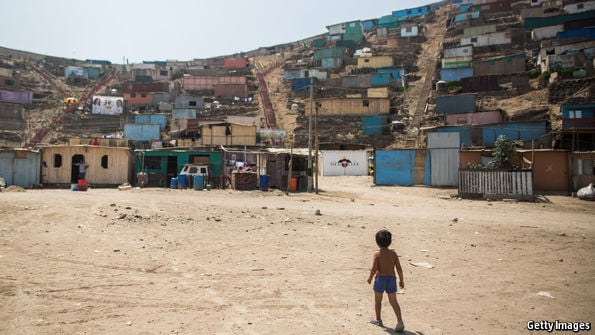(415) 300-0180

In a small schoolroom in rural Malawi, a crowdfunding campaign raised $2,000 for books and supplies in just two weeks, thanks to contributions from 157 donors worldwide. This success was no accident—it stemmed from understanding and applying key crowdfunding principles. Whether you’re a project creator in São Paulo or a donor in Stockholm, these essentials can make grassroots fundraising impactful and successful.
Grassroots crowdfunding for communities in developing regions has unique characteristics compared to campaigns for products or startups. These projects focus on community-centered goals, basic infrastructure needs, social impact, and respect for local culture, often with limited access to technology.
A successful grassroots campaign tells a story that resonates with potential donors by clearly stating the problem, creating a human connection, and showing achievable goals and direct impact.
Example: The Tanzania Water Project raised $5,000 by featuring personal stories from community members, photos of the current water sources, clear impact metrics, and regular updates that explained the cultural context of the project.
Trust is key to attracting donors, especially for remote projects. Essential documentation includes community leader endorsements, a transparent budget, a project timeline, and regular updates about fund usage, progress, and any challenges encountered.
Projects include school supplies, teacher training, and library resources that directly benefit students and teachers in under-resourced areas.
Campaigns focusing on infrastructure—like water wells, solar power, and community centers—address critical needs and have lasting impacts on quality of life.
Projects that fund microenterprises, provide agricultural equipment, and facilitate skills training help communities build sustainable local economies.
Before launching, creators should research successful campaigns, understand platform rules, set realistic goals, and create a project timeline. Documentation like photos, community testimonials, and budget details help build credibility.
A strong campaign structure includes a clear title, a detailed project summary, a transparent budget, and planned milestones. High-quality visuals—such as photos, short videos, and progress charts—capture attention and show progress effectively.
Regular updates, prompt responses, and clear explanations build trust and maintain donor engagement. Projects that involve local leaders, volunteers, and community input foster a sense of shared responsibility and encourage active participation.
Clear metrics and regular tracking help demonstrate a project’s impact. Documenting results through photos, testimonials, and periodic updates allows donors to see the tangible outcomes of their contributions.
Donors should look for signs of project legitimacy, such as partnerships with local organizations, realistic budgets, and clear implementation plans. Projects that feature specific, measurable goals, community involvement, and sustainability plans are more likely to succeed.
Platforms should be mobile-first with simple interfaces and offline capabilities to overcome limited technology access. Partnering with local organizations and providing regular updates helps build trust, especially for donors who may be unfamiliar with remote grassroots projects.
Respecting local culture, offering language support, and integrating traditional practices are essential for community engagement and donor trust.
Successful projects have phased implementation, maintenance plans, and community training to ensure longevity. Community ownership—through local leadership, skill development, and decision-making—ensures that projects are sustained long after funding ends.
Funds raised, people impacted, resources delivered, and efficiency are key metrics for measuring success. Qualitative indicators, like community feedback and quality of life improvements, show the broader social impact of a project.
Building relationships through regular engagement, sharing success stories, and expressing appreciation strengthens the connection between donors and recipients. Documenting processes, training others, and sharing resources contribute to a sustainable model for grassroots crowdfunding.
New developments in mobile integration, such as SMS updates and real-time tracking, make crowdfunding more accessible. Community networks for resource sharing, knowledge exchange, and project collaboration are also creating stronger, more connected support systems for grassroots campaigns.
Crowdfunding for grassroots projects in Africa and South America isn’t just about raising money—it’s about creating connections, building trust, and empowering sustainable community development. By following these essentials, both project creators and donors can drive meaningful change and create lasting impact.
Ready to start your crowdfunding journey? Whether you’re creating a project or supporting one, these essentials will help you make a real difference in communities across Africa and South America.

Christopher Robison is a San Francisco-based software engineer and tech innovator with 25+ years in the industry. Specializing in blockchain, AI, and robotics, he’s built custom 3D printers, led tech transformations, and created impactful digital solutions for biotech, finance, and beyond. Outside of work, he’s a punk rock karaoke regular, golf enthusiast, and a tinkerer who’s always building something new alongside his cat Otis and dog Yuki.